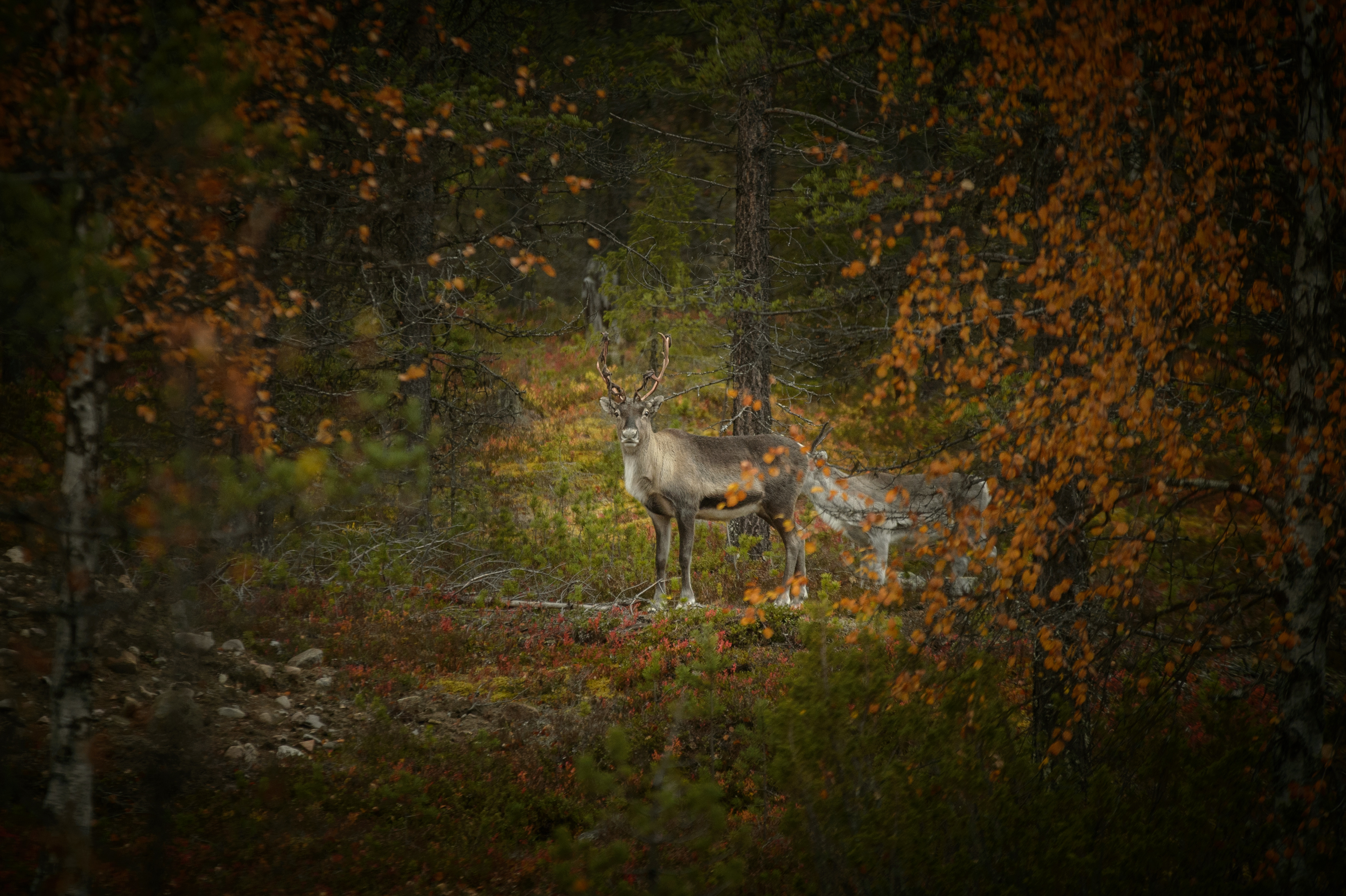The Multi-Indicator Analysis in Northwestern Ontario, led by a collaborative Working Group, assessed caribou habitat recovery by examining ecological, wildlife, forest, and socioeconomic indicators using an adaptive land management framework. Key findings highlighted trade-offs between indicators (e.g., caribou vs. moose habitat), the effectiveness of current caribou policy (like the Dynamic Caribou Habitat Schedule), and the potential of modified forest practices (such as CLAAG) to accelerate habitat recovery.
The Northwest Ontario Multi-Species Adaptive Management Working Group (the “Working Group”) represents a collaborative effort among representatives from the forest industry, NGOs, academia and forest industry associations. The team, with support and funding from federal and provincial governments, has successfully conducted extensive analyses pertaining to the management of caribou populations within the Brightsand and Churchill caribou ranges, including scenarios for management practices both inside and outside of current established policies. This analysis takes a multi-indicator land management approach, assessing a broad range of social, economic and ecologic values to inform caribou habitat recovery options. Values and indicators assessed included:
- Caribou habitat indicators, such as quantities of refuge habitat, winter habitat, and undisturbed habitat.
- Indicators for other wildlife species found in Northwestern Ontario, such as moose, marten, and wolves.
- Socioeconomic factors such as annual allowable cut, total employment, base stumpage, and access.
- Forest landscape indicators such as age class distribution, seral stages, and the quantities of young and mature/old forest.
This approach provides an adaptive framework for assessing recovery options while balancing a broad range of values.
Some key observations from the analysis include:
Key Observation #1: Trade-offs Between Indicators: There are many indicators that are inherently at odds with each other. For instance, caribou and moose exhibit different habitat requirements within the same environment. This gives rise to trade-offs when management leans heavily towards one indicator over the other. Trends between the following indicators have been observed by the Working Group:
- Lower harvest levels result in reduced socio-economic indicators that were studied (stumpage, employment, etc.).
- Increased proportions of older forest decrease the amount of young forest suitable for moose habitat.
- Increased areas of undisturbed forest also come with an increased fire ignition risk due to large, contiguous patches of over mature forest. Creating fuel breaks through disturbance (i.e. forest harvest) may assist in reducing hazard fuels on the landscape.
Key Observation #2: Effectiveness of Current Policy & Practices: The current provincial policy towards caribou habitat recovery uses a Dynamic Caribou Habitat Schedule (DCHS), a long-term plan that ensures harvested areas are aggregated together and timed so that caribou habitat is maintained across the landscape over time, is effective at maintaining caribou habitat in Northwestern Ontario. Without the DCHS the Working Group scenarios resulted in a patchy distribution of caribou habitat across the landscape. This suggests balancing caribou habitat with other landscape needs should still involve some effort to maintain contiguous areas of habitat. Forest management as a disturbance mechanism that emulates naturally occurring wildfire in creating large, aggregated patches may provide a balance of habitat condition on the landscape while reducing caribou habitat disturbance and creating opportunities for other ecologic and socio-economic indicators.
Key Observation #3: Opportunities to Leverage New Information and Practices: The Working Group also explored whether new practices or scientific literature could help support caribou habitat recovery efforts. Analysis suggested that modified forest management practices, many of which are already being practiced, could allow for caribou to return to a disturbed landscape a little faster by promoting forest regeneration. In particular, the use of Careful Logging Around Advanced Regeneration (CLAAG) in caribou preferred black spruce forests can decrease the time between forest harvesting and caribou’s return to the harvested forest. The effectiveness of these practices in creating and restoring caribou habitat should continue to be studied so that it can be properly accounted for in caribou habitat assessments.
While the Working Group applied this adaptive framework to the Brightsand and Churchill ranges in the Northwest Ontario recovery zone, this approach could be applied to other caribou ranges and recovery zones to inform discussions around managing the landscape for multiple values.
Funding for this work comes from the Ontario Caribou Conservation Stewardship Program, part of the Species at Risk in Ontario Stewardship Program



.jpg)


